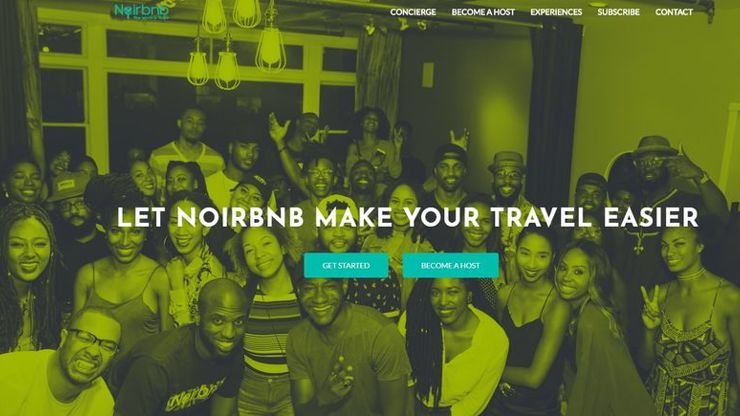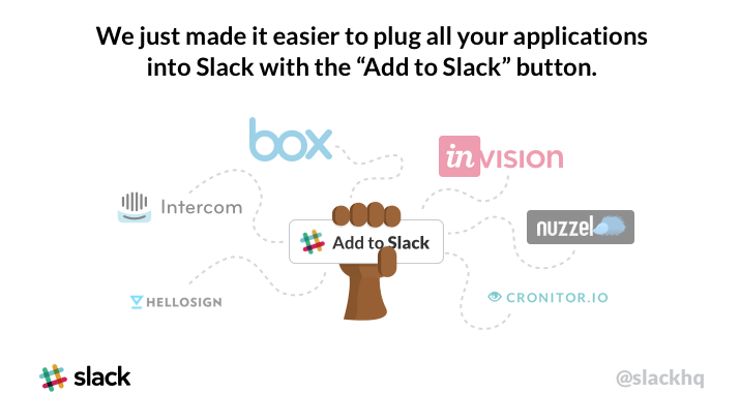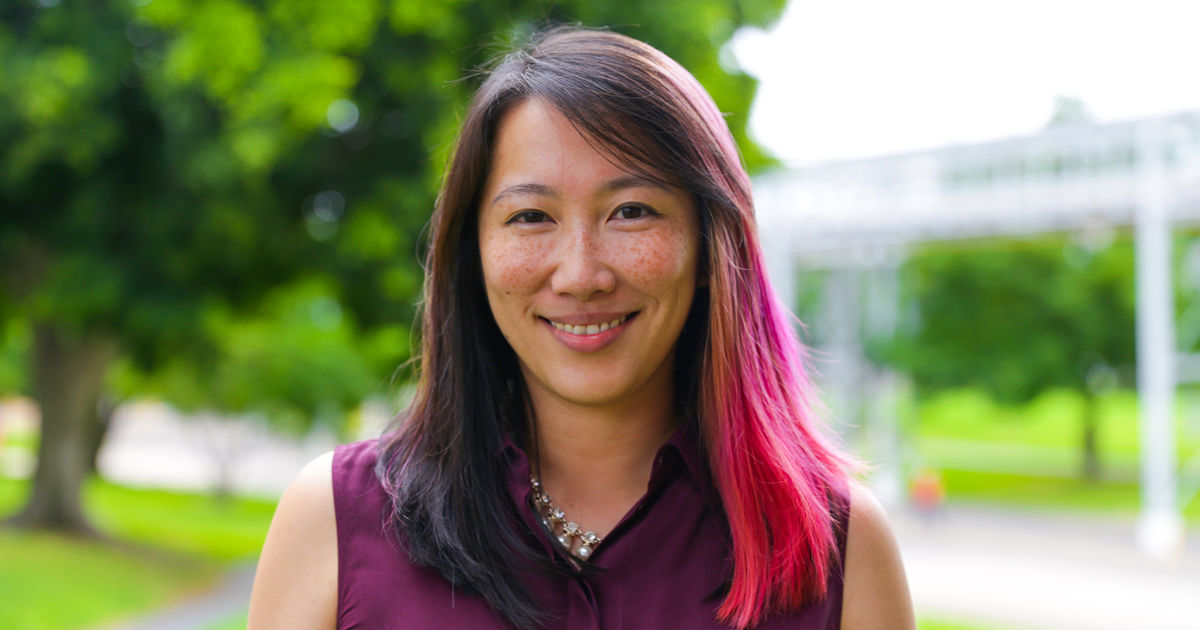How to transform design processes for inclusivity
When looking at design, Wendy Johansson, Vice President of Experience for Publicis Sapient, gives some pointers for how to identify where representative design can excel, and why it sometimes falls short of inclusivity.
As the global Black Lives Matter movement has organizations of all sizes scrambling to put together diversity and inclusion goals, the design community has barely started to grapple with the exclusionary impact the products we design have had on underrepresented minorities.
We often conflate universal design with inclusive design, where universal design simply considers that a product works for the majority of everyone, with a focus on all scenarios and use cases. Facebook’s affinity marketing product followed this universal design principle and enabled marketers to target audiences for advertising in all scenarios by selecting demographics to include and exclude from the campaign. By focusing on universal user scenarios instead of inclusion of people, Facebook designed a product that allowed the exclusion of racial and ethnic groups in targeted ad campaigns.
Kat Holmes, SVP of Product Design at Salesforce and the author of Mismatch: How Inclusion Shapes Design, brings the design focus back to people and defines inclusive design as a verb, where designers should be asking, “Did I include everyone and draw from the expertise of underrepresented minorities in the process?”
Go big on inclusive design by actually following through on the inclusivity part of it.
Without making inclusion a verb in our design process, we can unintentionally create an exclusionary experience that becomes inaccessible to underrepresented minorities, despite our best intentions and diversity and inclusion hiring goals. Airbnb’s user profiles were designed to evoke a feeling of community and trust by allowing guests and hosts to see each other’s profiles and photos.
Since the design didn’t draw from the expertise of underrepresented minorities, Airbnb unwittingly created a system that allowed for hosts to be blatantly racist and deny stays to Black guests. Black Airbnb users fought back with the #AirbnbWhileBlack hashtag to bring visibility to their stories, which included anecdotes like ‘hacking’ around the issue by removing their profile photo.
Without underrepresented minorities, we can’t truly understand the exclusionary impact of design against experiences we have not lived.
The creation of Noirbnb, which Black co-founder Stephen Grant said was designed “for the people, by the people”, follows the principles of inclusive design by drawing on the expertise of underrepresented minorities to create better travel experiences and events targeted for the African diaspora.
As a design community, our current methodology of design thinking heavily emphasizes the use of empathy to consider the users of our products. Empathy alone is insufficient to meet contemporary expectations for true inclusivity because empathy begins with a bias: from the human designers who bring unconscious (and sometimes conscious) biases and assumptions into our work. Empathy is also subjective and unmeasurable, which has resulted in a lack of accountability in the products we unintentionally design with exclusionary impact on underrepresented minorities.
Without making inclusion a verb in our design process, we can unintentionally create an exclusionary experience that becomes inaccessible to underrepresented minorities.
Three simple steps can help design teams begin to afford some governance around inclusion in the design process, so designers can be held accountable to break from their deeply ingrained social stereotypes against underrepresented minorities.
1. Representation
This is the core of what we are hearing companies commit to amidst the Black Lives Matter movement. Not only should we build diverse teams by setting aggressive hiring targets for underrepresented minorities, but we should also be reaching out. Set targets for speaking at design schools and universities, engage your whole team to give back to the local community by mentoring disadvantaged youths, and ask your company to support underrepresented minority businesses as vendors (they might turn out to be viable users of your product!). Without underrepresented minorities, we can’t truly understand the exclusionary impact of design against experiences we have not lived.
2. Go big
While product managers or business teams may argue that underrepresented minorities are not the buyers or core user personas of the product you’re designing, the likely fact is that they are not yet a user persona because they haven’t been considered or included. Draw from the expertise of underrepresented minorities in your B2B internal system. Learn from underrepresented minorities for your B2C brand app. Go big on inclusive design by actually following through on the inclusivity part of it.
3. Go small
Diogenes Brito, a product designer at Slack, designed a small detail for a product launch in 2015 – the use of a brown hand for an “Add to Slack” button. The seemingly small detail had a large impact because it was unusual at the time. It was also well-received by the Black Slack community because it showed a black skin tone as normal, led by Dio, who asked for the hand to be “Dio colored or darker." It’s the small details that can have as much of an impact as the big focuses.
Design teams can use these steps to begin thinking and designing inclusively, iterate them into core values to address the deficit of underrepresented minority perspectives on their teams, and make them measurable to hold their products accountable for inclusivity. With inclusive design in place, design teams can transform the cultural expectations of users to make inclusivity a norm and stop delivering unintentional exclusion.
)




 + membership
+ membership












